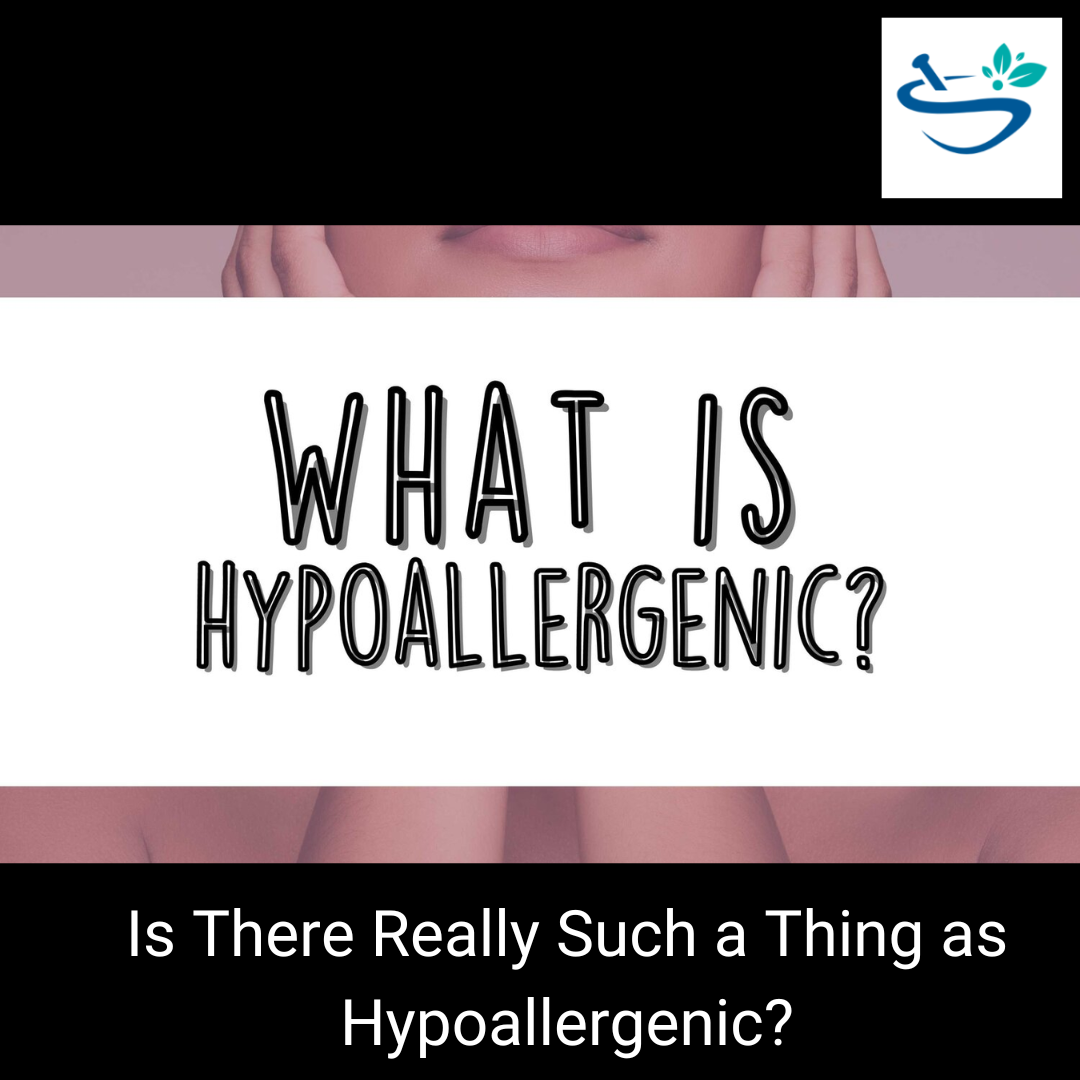If you have allergies, you probably search for ” hypoallergenic ” items to prevent an allergic response. A product is hypoallergenic if it has a low concentration of allergens, which cause allergies.
However, the phrase “hypoallergenic” placed on a label does not guarantee to protect you since there is no accepted scientific or legal meaning.
Sellers of cosmetics, toys, clothes, and even dogs are permitted to claim that their products are “hypoallergenic” without having to adhere to government regulations.
Is “Hypoallergenic” Labeling Reliable?
The term “hypoallergenic” on a product label does not guarantee that all consumers won’t have an allergic response.
According to the Food and Drug Administration’s (FDA) website, no Federal definitions or guidelines control how the word “hypoallergenic” is used. The phrase has whatever connotations a particular firm wants it to have.
Different people are more or less sensitive to substances (allergens) that cause allergies.
A specific substance could not have any effect at all on certain persons. Others can have a minor irritation or discomfort. Additionally, some people may have a full-blown allergic response.
It’s recommended to speak to your doctor and consider seeing an allergist for testing and treatment if you believe you or your kid may be allergic to a food, a pet, or any other substance. Once you are aware of allergies, you can avoid them.
What Is An Allergic Response?
There are many different types of allergens in the natural world. These may include food scents, dust mites, pet dander, plant pollens, insect stings, and various meals.
An allergic reaction might be minor or potentially fatal.
Itching, watery or runny eyes, sneezing, nasal congestion, and headaches from your sinuses swelling up may all be symptoms of a moderate allergic reaction. An itchy, red rash may develop due to a skin allergy, such as allergic contact dermatitis.
The body enters anaphylactic shock (anaphylaxis) in the worst instance of an allergic response.
Sometimes, modest allergy symptoms like itching precede the onset of anaphylaxis. It could proceed to any of these symptoms in about a half-hour:
- hives
- swelling of the throat, tongue, or lips.
- wheeze or breathlessness
- vomiting, dizziness, fainting, and disorientation
- reduced blood pressure
- speeded-up heart rate or pulse
Most individuals don’t react to allergies in such a terrible way. At least 1.6 percent throughout a lifetime, some global population will develop anaphylaxis.
Check The Label Twice
It is crucial to check ingredient labels if you or your kid has contact dermatitis or any other allergies to ensure that the product won’t cause an allergic response or rash.
The term “hypoallergenic” on a label does not always imply that you are safe.
One Brazilian research indicate that 93 percent of the 254 children’s goods tag “hypoallergenic” that were evaluate were hypoallergenic; at least one component that could induce an allergic response was still present.
Advice On How To Read Product Labels
Your or your child’s life may be saved if you know how to read product labels. Here are some pointers for label reading:
Component List
The list of ingredients is the first item to examine in every food or cosmetic product. The order of the components is based on their relative proportion to the other elements in the final result. The concentration is refer to as this.
On an ingredient list, water is often listed first.
Active Components
Some labels distinguish between “active” and “inactive” components. They will contact your body, so look them all over.
Compound Names
Most labels employ chemical names that may seem threatening but are not always. For instance, sodium or bicarbonate of soda may be describe as ordinary baking soda. If any, very few individuals have allergies to it.
Plant Components
Latin names for plant compounds that you could be allergic to are available.
For instance, the botanical name Calendula officinalis might refer to the common marigold, which causes allergies in a tiny percentage of individuals. Lavandula angustifolia may be the name given to lavender on a label.
The initial name, which starts with a capital letter, corresponds to the genus of the plant in the scientific categorization scheme. The second name indicates the species, which starts with a lowercase letter.
All lavender plants belong to the genus Lavandula. The angustifolia species is the most prevalent. Others exist, however, including Lavandula latifolia and Lavandula dentata.
Learn the name of the genus and look it on labels if you know you are allergic to or sensitive to certain plants. You can be allergic to other species of lavender if you’re allergic to one.
Knowing your allergies can help you avoid much suffering and maybe even danger.
Conclusion
The term “hypoallergenic” on a product label does not always imply that the product will shield you from allergens.
Know which compounds might result in an allergic response to safeguard yourself or your kid, and always read product labels.
It’s recommend to speak to your doctor and consider seeing an allergist for testing and treatment if you believe you or your kid may be allergic to a food, a pet, or any other substance.

